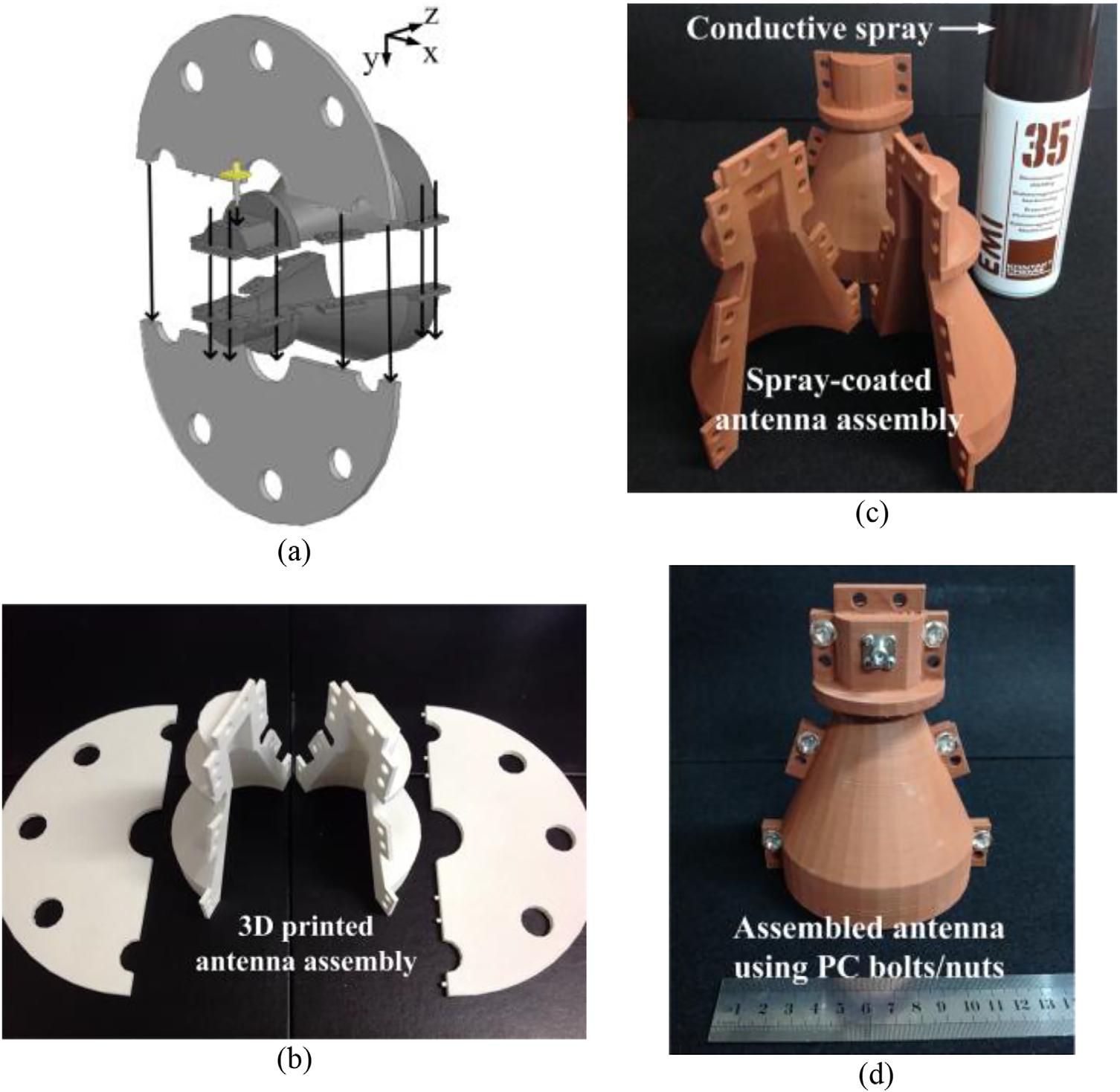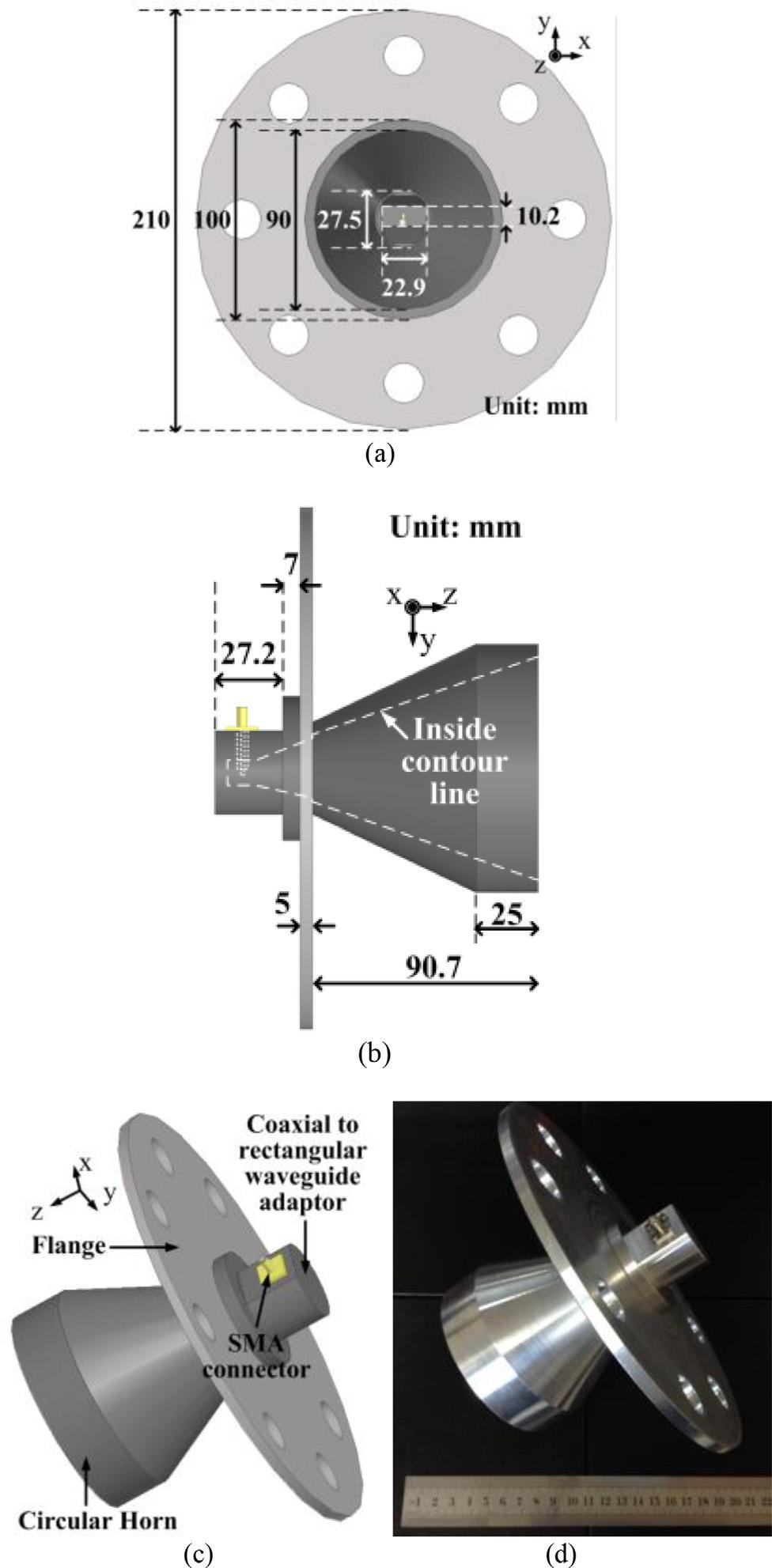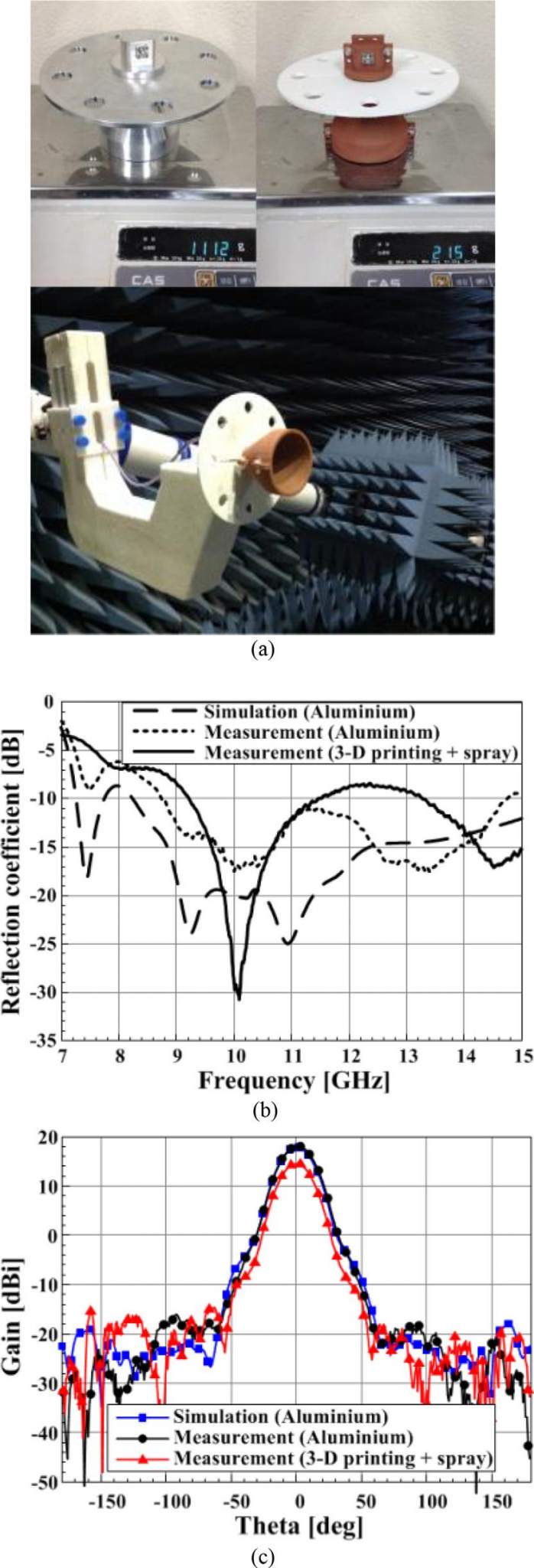Researchers from South Korea’s Hanyang University have used 3D printing to create bespoke horn antenna. The proposed antenna have particular application in electromagnetic wave research. In order to create the device, the team used an FDM 3D printer and PLA. Following this, they sprayed the four parts with a conductive coating.
Other recent research from South Korea includes UNIST’s study into bone regeneration. The UNIST study proposes a 3D bioprinting technique using stem cells and carbon nitride sheets to increase the growth of bone structure.
In the aeronautics field, Made in Space, recently told 3D Printing Industry about their plans to 3D print external objects in space including antenna arrays.

Horn antennas and their uses
Horn antennas perform a similar function for electromagnetic waves that acoustic apparatus, such as trumpets, do for sound waves. The horn shape allows the waves to efficiently radiate into the atmosphere. Horn antennas are often used in short-range radar with applications such as speed enforcement cameras among others.
According to the research, waveguide horn antennas like this one are the most common form of aperture antennas. However, while they are commonly used they also have drawbacks, such as weight and a complex construction.

The benefits of 3D printing antenna
The researchers turned to 3D printing as a convenient means of manufacturing. As they explain the, “proposed antenna has the advantages of being low-cost and lightweight and can be rapidly manufactured with an easy construction process.”
The team used a MakerBot: Replicator to 3D print the antenna in its four parts and metallized the structures with a conductive spray. The coating gives the structure the brown color shown. After this, the team assembled the parts using nuts and bolts.
As a result,
The weight of the proposed 3D printed antenna is 0.215 kg, which is only 19.3% of the weight of the commercial CNC machined antenna (1.112 kg)

Conclusion
The research team found 3D printing to be advantageous in the construction of antenna stating, “process provides many advantages such as its rapid fabrication, low cost, and low weight.” Importantly, they explain that the structure also fares well in relation to the more conventionally constructed counterpart.
The 3D printed and sprayed assembly antenna has reasonably similar radiation behavior to a conventional machined antenna. The proposed approach is very useful and suitable for bespoke prototyping at the laboratory level. It can improve the research efficiency in the microwave antenna field.
The paper was written by Jinpil Tak, Do-Gu Kang, and Jaehoon Choi of Hanyang University. The full paper is available here.
Featured image shows a resonant pyramidal horn antenna. Image via Feko.


